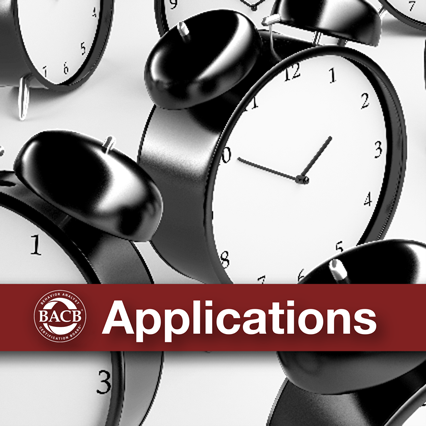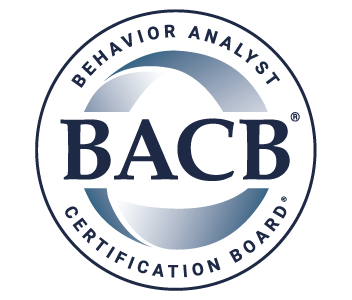
UPDATED: August 25, 2025
Whether you're submitting an RBT Initial Certification Application or completing your RBT Recertification Application, we understand that time is of the essence. We want you to have all of the information you need for a quick and painless application experience. That way, you'll feel well-equipped to move forward with your application and to achieve your goals as an RBT.
So, before you click Submit, read ahead for tips on getting started, creating and/or maintaining your BACB account, thoroughly reviewing your documentation, and understanding the key differences between an RBT Initial Certification Application and an RBT Recertification Application.
Tip #1: Consult the RBT Handbook
For all RBT applicants, new or recertifying, the RBT Handbook should be your go-to resource. In it, you'll find helpful information about eligibility requirements, the application process, and requirements for recertifying as an RBT. We also suggest reviewing the handbook with your RBT Supervisor or RBT Requirements Coordinator, as they can help answer any questions you might have.
Tip #2: Give yourself enough time to prepare
This is vital! Because there are many moving parts in the application process, giving yourself ample time to prepare is one of the best things you can do. If you plan accordingly, you'll have all the time you need to carefully review your materials, which may prevent application errors that cause processing delays beyond the standard 2-week timeline. This is especially important if you're submitting an RBT Recertification Application. For specifics, check out the following application timelines:
Wondering when you'll hear back about your application? You can see current application processing times on the Application Processing Updates web page.
Tip #3: Create and/or maintain your BACB account
Your BACB account is the doorway to your certification, and that certification belongs to you and only you. That said, here are a few things to keep in mind when creating and/or maintaining your BACB account:
- Create your BACB account yourself. Don't have anyone, including your future RBT Supervisor or employer, create an account on your behalf.
- Don't use your work or school email address when signing up. If you use your work or school email address to sign up, you may lose access to your BACB account if you lose access to that email address in the future. It's always best to sign up using a personal email address.
- Reach out to the BACB for assistance. If you lose access to your account for any reason, let us know through the Contact Us Form, and we'll help you access your existing account. Please do not create a new account.
- Keep all of your information current. If your address, name, or other personal information changes, be sure to update your account right away.
- Add bacb.com to your email contacts and safe sender list. This way, you can ensure that you'll receive important messages. Also, be sure to check your spam folder periodically, especially if you're waiting to hear from us.
Tip #4: Carefully review your documentation
When you're eager to submit an application, it's easy to accidentally forget a key piece, like a document, attestation, or signature. The problem is that a missing piece can make the application process not-so-easy. If documentation is missing, incorrect, or does not indicate that you meet the necessary requirements, you'll experience delays in processing times, as the review process starts over each time you resubmit.
To avoid delays as best you can, consider reaching out to your current or future RBT Supervisor or RBT Requirements Coordinator for additional support—and make sure to review these essential documentation requirements:
| RBT Certification Application | RBT Recertification Application |
|---|---|
|
|
| Note: There are 2 versions of the competency assessment. Please refer to the label at the top of the document to ensure that you're using the correct one. Initial Competency Assessments will not be accepted for a recertification application, as Recertification Competency Assessments require the completion of 5 tasks instead of 3. |
Tip #5: Sit back and relax
When it comes to submitting an RBT Initial Certification Application or RBT Recertification Application, we understand how important it is for you to get an approval as soon as possible so that you can take the next steps in your RBT journey. By following this guidance and enlisting the help of your supervisor, you'll feel confident that you can submit an approvable application in no time. And don't forget—we're rooting for you!
Thank you for taking the time to check out these pointers. For more RBT-related resources, visit our Registered Behavior Technician web page. For questions, please reach out via the Contact Us Form.

